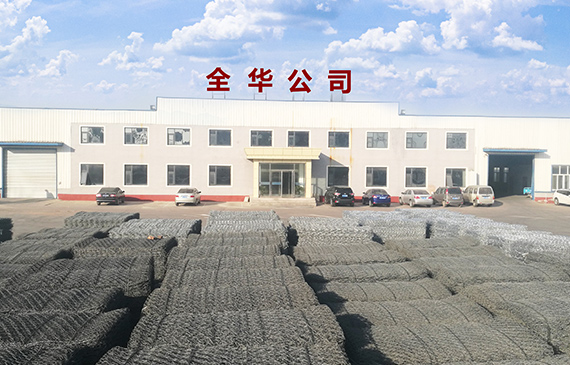Aug . 18, 2024 20:16 Back to list
Effective Gabion Weir Solutions for Sustainable Water Management and Erosion Control
Understanding the Best Gabion Weir A Sustainable Solution for Water Management
A gabion weir is an innovative and sustainable water management structure that utilizes wire mesh baskets filled with rocks or other materials. This versatile solution has gained popularity in civil engineering and environmental management due to its effectiveness in controlling river flow, reducing erosion, and creating habitats for aquatic life. In this article, we delve into the best practices for designing and implementing gabion weirs, highlighting their benefits and applications.
What is a Gabion Weir?
A gabion weir is essentially a barrier constructed from gabions—wire mesh containers filled with rocks. These structures are designed to raise the water level upstream, creating a pool while allowing excess water to flow over the barrier. Gabion weirs can help in managing sediment transport, preventing downstream flooding, and maintaining the ecological balance in aquatic environments. They are particularly effective in streams and rivers with varying flow rates and sediment loads.
Benefits of Gabion Weirs
1. Erosion Control One of the primary benefits of gabion weirs is their ability to reduce bank erosion. The porous structure of the weir allows water to flow through while trapping sediment, which can mitigate the quantity of soil lost during heavy rainfall or flooding.
2. Habitat Creation Gabion weirs can enhance local biodiversity. By creating pools and riffles in river systems, they provide habitats for fish and other aquatic species. The structure can also promote the growth of vegetation, further stabilizing the banks and supporting wildlife.
3. Cost-Effectiveness Compared to traditional concrete weirs, gabion weirs can be more affordable to construct and maintain. The materials used are often locally sourced, and the construction process typically requires less heavy machinery.
best gabion weir

4. Flexibility and Adaptability Gabion weirs can be designed and constructed in various sizes and shapes, allowing them to adapt to the specific hydrological and geological conditions of the site. This flexibility makes them suitable for both small streams and larger rivers.
Best Practices for Designing and Implementing Gabion Weirs
1. Site Assessment Before constructing a gabion weir, it is crucial to conduct a thorough site assessment. Understand the hydrology, sediment transport patterns, and local ecology to identify the optimal location for the weir.
2. Material Selection Choosing the right materials for the gabions is essential. Galvanized wire mesh is commonly used due to its durability and resistance to corrosion. The rocks used to fill the gabions should be well-graded and locally sourced to minimize environmental impact.
3. Design Considerations The design of the gabion weir should include features that enhance its functionality, such as notches to allow fish passage, and consideration of hydraulic conditions to ensure stable flow patterns.
4. Ongoing Maintenance Although gabion weirs are relatively low-maintenance, periodic inspections are necessary to ensure their structural integrity. Over time, sediment may accumulate, requiring occasional clearing to maintain their effectiveness.
Conclusion
Gabion weirs represent a practical and sustainable approach to water management that can yield numerous environmental benefits. By reducing erosion, creating habitats, and enhancing the resilience of river systems against flooding, they play an essential role in preserving the ecological balance of aquatic ecosystems. As more communities seek sustainable solutions to water management challenges, gabion weirs stand out as a favorable option that combines functionality with ecological responsibility. With thoughtful design and careful implementation, gabion weirs can contribute to healthier and more sustainable water environments for future generations.
-
HESCO Gabion Baskets for Coastal Erosion Prevention
NewsAug.22,2025
-
Longevity and Durability of River Rock Gabion Walls
NewsAug.22,2025
-
How to Integrate Gabion 3D Walls in Urban Planning
NewsAug.22,2025
-
Reno Mattress Gabion Applications in Civil Engineering
NewsAug.22,2025
-
How to Install Wire Mesh for Gabion Baskets Properly
NewsAug.22,2025
-
Best Materials for Filling a Chain Link Gabion
NewsAug.22,2025
-
Wire Mesh Thickness Impact on Gabion Wall Load Bearing
NewsAug.12,2025






